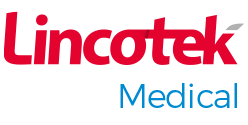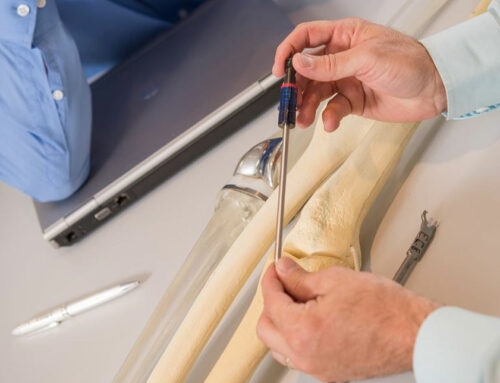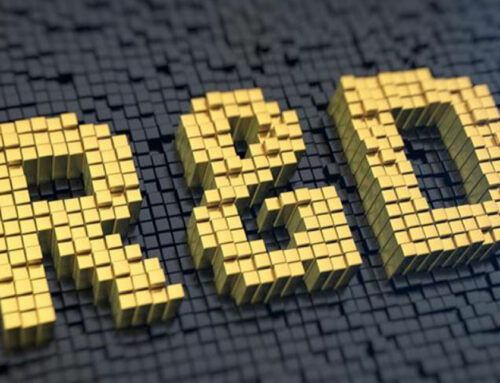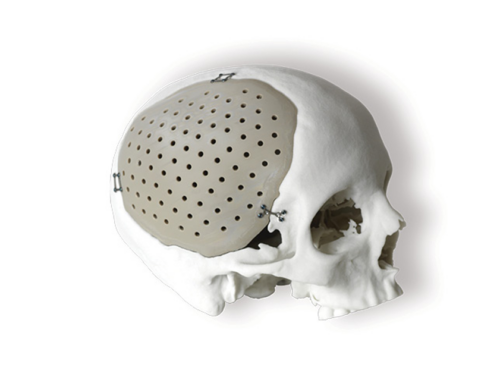What are the recent technological landmarks that stand out in the world of machining? And what are the trends for the future? Dave Davie, our Production Manager at Lincotek Medical in Dayton, Ohio and Enrico Sandrini, General Manager in Bologna, provide some answers.
September 20th, 2021
There have been some notable technological advances in the past couple of years that are helping to make machining even more efficient. Tolerances are really tiny and most of the time are in the region of microns. This means you need a high-end machine, top tooling, climate control and clean shops, as well as quality inspection with visual software and the best CMM.
In CNC control today, probes are essential to keep production under control and avoid over-control after machining. Machining and quality control in one step not only means better process control, but it also allows for scrap reduction and reworking in cycle. New add-on technology, such as laser-based technology, can facilitate the mixing of 3D printing and machining – opening up a wide new range of machining possibilities and process improvements.
Designers are starting to look into this spectrum of new potential solutions. Additive technology in general often requires CNC machining, although there is a need to better control contaminants or machine dry. CNCs should evolve to improve their cleanability for medical applications and increase performance with the support of biocompatible lubricants.
Optimizing technology
Agile is the watchword for this sector right now. Software set-up needs to be quick and easy, with a scalable system architecture.
Data acquisition is managed by a dedicated Collector PC software, whereas the data is stored on Server PC software. The Server PC also provides a web-based user interface for data access and visualization that can be accessed from any PC or tablet computer on the network with a browser. For small systems with only few machines, Collector PC software and Server PC software can run on a single standard personal computer, with up to 100 machines handled by one server. The production results of large systems with more than 100 machines can be combined with a software integration server.
Transforming additive manufacturing
As additive machines evolve with multi lasers, finer materials and better material control, they will become faster. Additive integrated CNCs will pave the way to a new era for machining and while a finished device by additive is still a long way off, there is a breakthrough when it’s possible to couple the additive shop and CNC shop, connecting competencies to design the whole process in one.
A CNC shop without an insight into 3D printing technology is heading for decline. OEMs are looking for coupled competencies and Lincotek can offer this kind of expertise. We have long-lasting, accrued experience in both 3D printing and machining, with an engineering team trained in looking at the whole process to make it better and more consistent.
Keeping up with regulations
Equipment and software validations will continue to get tighter. Process control not only has an impact on pure dimensional validation, it also affects device validation, the master file and technical dossier. OEMs should be able to demonstrate that any change in their process does not add risk. Machining adds risk when there is no evidence of the absence of residual parts and evidence of lack of change of the transformed material.
Tools, fixtures, lubricant and probes are all part of bigger picture when it comes to the various regulatory steps. The Internet of Things is increasing its impact and it should help in controlling all process parameters with no exclusion, as well as the inclusion of all parameters influencing final device clinical performances and biocompatibility.
Innovative machining in action
We see the application of new cutting tools, workholding and cutter paths. We work closely with our cutting tool/workholding suppliers, machine resellers and CAM software to implement and make use of the newest technology. All these steps help to reduce manual impact on transformation, guaranteeing less risk and a better control of the whole process. Manual intervention in the process adds a huge risk that should be clearly considered by OEMs while running product and process risk analysis.
We have part samples that have been processed with laser finishing and we think this is a great complement to additive and coated parts. The 3D laser texturing replaces the traditional sandblasting and/or chemical etching processes and the manual operations with a fully digital process. The results are better surface quality and lower manufacturing costs for implants.
Read more about our machining and additive manufacturing capabilities.







